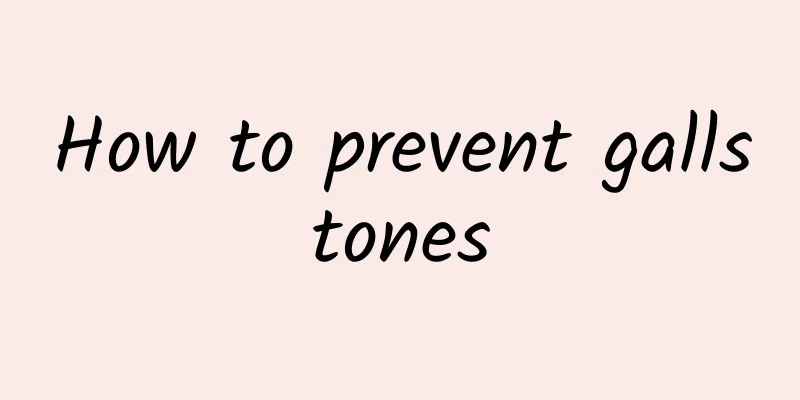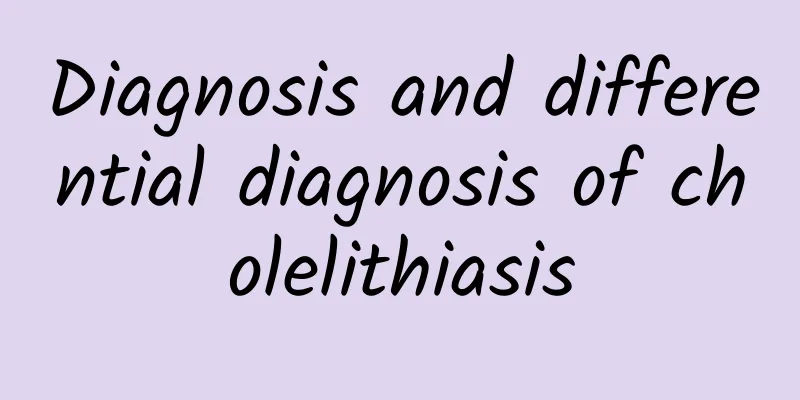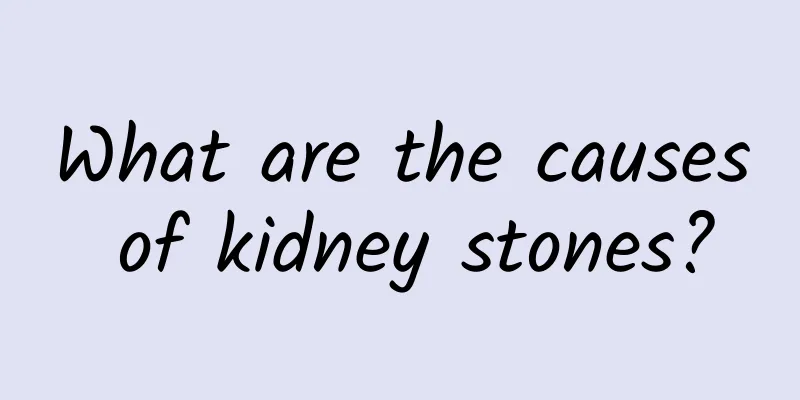How to prevent gallstones

|
Gallstones can be effectively prevented through a healthy lifestyle. In daily life, maintaining a reasonable diet, exercising moderately, and following a regular schedule are key measures to reduce the risk of gallstones. By adjusting the dietary structure, controlling weight, and avoiding long-term fasting, the possibility of cholesterol crystal deposition in the gallbladder can be significantly reduced. 1) Optimize diet structure Reducing the intake of high-fat and high-cholesterol foods is an important step in preventing gallstones. Excessive fat and cholesterol can easily lead to an imbalance in bile components and induce cholesterol crystal deposition. It is recommended to eat more foods rich in dietary fiber, such as oats, brown rice, vegetables and fruits, which can not only promote bile secretion, but also help eliminate metabolic waste. A moderate intake of unsaturated fatty acids (such as olive oil and fish) can replace animal fat and improve the bile metabolism environment. 2) Maintain a healthy weight Overweight and obesity are high-risk factors for gallstones. Because excess fat stimulates cholesterol production and increases the cholesterol content in bile secretion, it is recommended to keep the body mass index within a reasonable range through a balanced diet and long-term exercise. However, rapid weight loss can also easily cause gallstones. This is because excessive dieting or rapid weight loss can reduce the rate of bile discharge from the gallbladder and form a risk of stones. Scientific weight loss methods include consuming an appropriate amount of calories every day, combined with aerobic exercise (such as swimming, walking) and strength training. 3) Eat regularly and avoid long-term fasting Long-term fasting may cause bile stasis and increase the chance of stone formation. The normal function of the gallbladder needs to be "activated" frequently to excrete bile through dietary stimulation. It is recommended to eat three meals a day at regular times and in fixed quantities to ensure balanced intake of protein, fat and carbohydrates at each meal. In particular, avoid the habit of eating one meal and skipping the next to reduce the risk of gallbladder stasis. 4) Proper exercise and work and rest adjustment Lack of exercise can slow down metabolism and bile excretion, which is bad for gallbladder health in the long run. More than 150 minutes of moderate-intensity exercise (such as brisk walking and yoga) per week can help promote gallbladder peristalsis and bile flow. Regular sleep is also crucial. Staying up late for a long time or disrupting the biological clock can affect cholesterol metabolism and further increase the risk of gallstones. 5) Have regular physical examinations and pay attention to your own health Gallstones may not have obvious symptoms in the early stages, so regular ultrasound examinations are recommended, especially for those with a family history or those at high risk. Physical examinations can help detect potential problems early and avoid complications such as acute cholecystitis. If a tendency to gallstones is found, non-surgical interventions such as stone dissolving drugs (such as ursodeoxycholic acid) can be taken according to the doctor's advice to prevent the problem from getting worse. Preventing gallstones is a comprehensive health management that requires the cultivation of every detail in daily life. From a balanced diet to proper exercise, from a regular work and rest schedule to regular physical examinations, every step protects the health of the gallbladder. If you already have symptoms or discomfort of gallstones, it is recommended to seek medical attention in time to avoid serious complications. Take your health into your own hands, start with good living habits, keep your body away from disease troubles, and move towards a safer and easier life. |
<<: Potential complications of gallstones
>>: How to diagnose and treat gallstones
Recommend
What are the consequences of kidney stones?
Kidney stones may lead to hydronephrosis, renal i...
What foods should be avoided for cysts
Cyst patients should avoid high-fat, high-sugar, ...
What are the methods for removing gallstones?
There are many options for gallstone removal. The...
Symptoms and treatment of cervical spondylosis
The symptoms of cervical spondylosis should show ...
What ointment can be used to treat breast cysts
Breast cysts usually do not require topical ointm...
Is breast nodule massage useful?
Breast nodule massage may help relieve discomfort...
What are the symptoms of gallstones in the elderly
Symptoms of gallstones in the elderly may include...
What are the dangers of crossing your legs?
Crossing your legs, this seemingly harmless postu...
What are the symptoms of mild external hemorrhoids?
Mild external hemorrhoids usually present as a lu...
What does a breast cyst feel like?
Breast cysts usually feel soft, smooth, have clea...
How to treat osteoporosis at the age of 80
Treatment of osteoporosis in the 80s requires a c...
Symptoms of cervical radiculopathy
Cervical radiculopathy may sound unfamiliar, but ...
Two Chinese medicines to cure hemorrhoids
Hemorrhoids are an embarrassing and painful probl...
What is PC muscle?
The PC muscle actually refers to the Pubococcygeu...
Why do women get kidney stones?
Kidney stones are generally related to lifestyle,...









